Mastering Auto Body Repair: Restoring Vehicles to OEM Perfection
In auto body repair, adhering to OEM (Original Equipment Manufacturer) specifications is crucial for…….
In the ever-evolving automotive industry, the art of auto body repair has transformed from a straightforward fix to a complex and highly specialized process. This article delves into the intricate world of auto body repair, exploring its multifaceted aspects, global impact, and the technological revolution it undergoes. By understanding this process, we gain insight into not only the practical aspects of repairing vehicles but also its influence on safety, sustainability, and economic growth.
The auto body repair process involves a series of steps and techniques to restore damaged vehicle exteriors to their original state or enhance them with improved aesthetics and functionality. This intricate art is crucial for ensuring vehicle safety, retaining structural integrity, and providing a satisfying customer experience. As vehicles become increasingly advanced, the repair process adapts, incorporating cutting-edge technology while adhering to stringent quality standards.
Auto body repair is a systematic approach that requires a deep understanding of vehicle construction, materials science, and skilled craftsmanship. It encompasses several key components:
Damage Assessment: The initial step involves meticulously examining the damaged area(s) to determine the extent of the repair required. This includes identifying cracks, dents, panel misalignments, and other structural compromises.
Safety and Structural Integrity: Ensuring that the vehicle remains safe to operate is paramount. Repairs must adhere to manufacturer guidelines and industry standards to maintain structural integrity, especially in areas crucial for crash safety.
Material Selection: Choosing the right materials is essential for a successful repair. This involves selecting body panels, adhesives, paints, and filling compounds suitable for the vehicle’s original specifications and environmental conditions.
Panel Replacement or Repair: Depending on the damage, panels may need to be replaced or repaired. Skilled technicians use specialized tools to remove damaged panels and install new ones, ensuring precise alignment and fit. For minor dents, techniques like paintless dent repair (PDR) are employed, which preserves the original factory finish.
Welding and Structural Reinforcement: Welding is a critical process in auto body repair, used to join metal components back together. Advanced welding techniques ensure strength and precision while minimizing distortion. In some cases, structural reinforcement may be required to address weaknesses caused by damage.
Painting and Finishing: The final step involves applying a meticulous finish to match the vehicle’s original color and appearance. This includes surface preparation, priming, painting, and clear coating, all while ensuring a durable and glossy finish.
Historically, auto body repair has evolved from traditional methods using manual tools and limited technology to a highly sophisticated process aided by computer-guided equipment and advanced materials. The shift towards more complex repairs is driven by stricter safety regulations, the use of modern light-weight materials, and the desire for faster, more efficient repair processes.
The auto body repair process has a profound global impact, influencing both the automotive manufacturing industry and post-production vehicle maintenance. Key trends shaping this sector include:
Regional Differences: The approach to auto body repair varies across regions due to cultural, economic, and regulatory factors. For instance, North America and Western Europe tend to focus on precision repair techniques, while Asia-Pacific regions emphasize speed and cost-effectiveness.
Increasing Demand for Specialized Repairs: With the advent of advanced vehicle technologies, such as electric vehicles (EVs) and autonomous driving systems, specialized repairs are becoming more common. These include battery pack replacements and adjustments to electronic control units.
Global Supply Chain Considerations: The repair process is tied to the global supply chain for automotive parts, which can impact availability and cost. Ensuring a steady supply of high-quality body panels and materials is essential for efficient repairs.
Digitalization and Remote Expertise: The rise of digital technology allows for remote consultations and expert advice, bridging geographical gaps in auto body repair services. This trend is especially beneficial for rural or underserved areas.
The economic landscape of auto body repair is dynamic and multifaceted, with several key considerations:
| Factor | Impact |
|---|---|
| Market Size: The global auto body repair market was valued at USD 150.2 billion in 2020 and is projected to grow at a CAGR of 4.8% from 2021 to 2028, indicating substantial potential for growth and investment. | This market growth is driven by factors like increasing vehicle ownership, rising demand for specialized repairs, and the growing need for efficient, high-quality repairs. |
| Cost Structure: Repair costs vary widely depending on the severity of damage, location, and labor rates. On average, body repair work accounts for 30-40% of a vehicle’s total maintenance expenses over its lifespan. | High-end repairs, especially for luxury vehicles, can significantly impact a car owner’s budget, influencing purchasing decisions and insurance coverage choices. |
| Job Market: Auto body repair is a substantial employer, with approximately 1.5 million jobs worldwide in 2020. This sector offers skilled trade opportunities, requiring specialized training and certifications. | The job market dynamics are influenced by technological advancements, which may automate certain tasks but also create new roles for highly skilled technicians capable of managing complex repairs. |
| Investment Opportunities: The repair process presents attractive investment prospects for equipment manufacturers, parts suppliers, and service centers. Innovation in tools, materials, and training programs can drive significant returns. | Startups and established businesses alike can tap into this market by offering specialized services, advanced technologies, or cost-effective solutions that cater to diverse customer needs. |
Technology plays a pivotal role in transforming the auto body repair process, enhancing efficiency, precision, and sustainability:
Computer-Aided Design (CAD) and Modeling: CAD software enables technicians to create precise digital models of vehicle bodies, facilitating complex repairs and ensuring exact part fitment. This technology is invaluable for custom or specialized repairs.
Robotic Welding and Automation: Robotic systems are increasingly used in auto body repair shops, performing tasks like welding, painting, and panel alignment with remarkable accuracy and speed. Automation reduces human error and improves productivity.
Advanced Materials: The development of lighter, stronger, and more environmentally friendly materials is driving innovation. Fiberglass composites, for instance, offer excellent strength-to-weight ratios and are used in many modern vehicle structures.
Digital Imaging and 3D Scanning: High-resolution cameras and 3D scanners capture detailed images of damaged vehicles, providing a comprehensive digital record for reference during the repair process. This technology aids in accurate damage assessment and documentation.
Online Training Platforms: With the rise of remote learning, online training platforms offer convenient access to educational resources, enabling technicians to stay updated with industry trends and advanced repair techniques.
The auto body repair process is subject to various policies and regulations that ensure safety, environmental protection, and consumer rights:
Safety Standards: Government agencies worldwide have established strict safety standards for vehicle repairs, particularly in regions with high accident rates. These standards dictate the use of specific materials, testing procedures, and quality control measures.
Environmental Regulations: Many countries mandate the use of environmentally friendly practices and materials to minimize the ecological impact of auto body repair. This includes proper disposal of waste, recycling, and adherence to emissions standards.
Consumer Protection: Consumer protection laws govern the relationship between repair shops, insurance companies, and vehicle owners. These laws ensure transparent pricing, quality workmanship, and fair business practices.
Industry Certifications: Reputable auto body repair shops often obtain certifications from recognized organizations, demonstrating their commitment to quality and safety standards. Examples include ICAR (International Association of Automotive Component Manufacturers) certification and industry-specific training programs.
Despite its advancements, the auto body repair process faces several challenges and criticisms:
Skilled Labor Shortage: The demand for skilled technicians often outstrips supply, leading to labor shortages in many regions. This gap can result in longer wait times for repairs and potential quality inconsistencies.
High Repair Costs: Complex repairs, especially for advanced vehicle systems, can be expensive. This poses challenges for vehicle owners, insurance providers, and repair shop profitability.
Environmental Concerns: The use of toxic materials and the generation of waste during repairs have raised environmental concerns. Repairs that adhere to strict environmental standards are crucial for sustainability.
Inadequate Training Programs: Critics argue that training programs may not always keep pace with technological advancements, leading to a mismatch between technician skills and modern repair requirements.
Actionable Solutions: To address these issues, governments, industry bodies, and educational institutions can collaborate on the following strategies:
Tesla, the electric vehicle (EV) pioneer, has implemented a unique approach to auto body repair, focusing on battery pack replacements as a key service. Their program addresses the specific challenges of EV repairs, including:
Specialized Training: Tesla offers comprehensive training programs for its service center technicians, ensuring they are equipped to handle complex EV repairs, particularly battery pack replacements.
Streamlined Process: The company has developed an efficient process for removing and replacing battery packs, minimizing downtime and maximizing customer satisfaction.
Customer Experience: Tesla’s focus on customer experience is evident in its direct-to-consumer approach, allowing owners to schedule appointments online and receive transparent pricing.
Lessons Learned: This case highlights the importance of specialized training and streamlined processes for emerging vehicle technologies. By embracing EV-specific repairs, Tesla has established a competitive advantage while ensuring high-quality service.
A renowned auto restoration shop in California has gained recognition for its innovative “no-weld” restoration technique. This method involves using advanced adhesives and composite materials to repair and reshape damaged vehicle bodies without traditional welding:
Preserving Originality: The “no-weld” approach allows restorers to maintain the original integrity of classic vehicles, preserving their historical value and aesthetic appeal.
Versatility: This technique can be applied to various vehicle types, from vintage cars to modern sports cars, offering a unique solution for challenging restoration projects.
Sustainability: By avoiding welding, the shop reduces its carbon footprint, as welding generates significant heat and emissions.
Impact: This case study demonstrates that creativity and innovation in auto body repair can lead to distinctive services, attracting niche markets, and fostering a reputation for excellence.
The auto body repair process is poised for further evolution, driven by technological advancements, shifting customer expectations, and sustainability goals. Here are some key trends and strategic considerations:
Advanced Material Applications: The development of new materials, such as self-healing composites and smart polymers, will revolutionize repairs, offering enhanced durability and damage resistance.
Digital Twin Technology: Creating digital replicas of vehicles can enable predictive maintenance and remote diagnostics, streamlining the repair process and reducing on-site inspections.
Remote Expertise and AI Assistance: Artificial intelligence (AI) and machine learning algorithms can provide real-time guidance to technicians, enhancing efficiency and accuracy. Remote expertise via video conferencing can also bridge geographical gaps in service.
Sustainable Repair Practices: The industry will continue to embrace eco-friendly practices, including the use of biodegradable materials, closed-loop recycling systems, and renewable energy sources for repair operations.
Customer Engagement and Transparency: As customers become more tech-savvy, they will demand greater transparency in repairs, real-time updates, and personalized services. Repair shops that offer digital solutions and engage customers will gain a competitive edge.
The auto body repair process is a dynamic and essential component of the automotive industry, constantly evolving to meet the demands of modern vehicles and consumer expectations. From its technical intricacies to global implications, this process plays a pivotal role in ensuring vehicle safety, sustainability, and customer satisfaction.
As technology advances, the repair process will become more precise, efficient, and accessible. The industry’s future is bright, with opportunities for innovation, job creation, and sustainable growth. By embracing emerging trends, addressing challenges proactively, and prioritizing customer needs, the auto body repair sector can continue to thrive while contributing to a safer and greener transportation landscape.
Q: How do I know if my vehicle needs professional body repair?
A: If your vehicle has significant dents, scratches, or panel damage, or if there are structural issues after an accident, it’s best to consult a professional. They can conduct a thorough inspection and provide recommendations for the most effective and cost-efficient repairs.
Q: Are there any DIY methods for minor body repairs?
A: For small dents and scratches, DIY kits offering paintless dent repair (PDR) techniques are available. These kits allow homeowners to perform basic repairs themselves. However, for more complex jobs, professional expertise is recommended to ensure a quality outcome.
Q: How can I find a reputable auto body repair shop?
A: Start by asking for referrals from friends and family. Check online reviews and ratings on trusted platforms. Verifying certifications (e.g., ICAR) and ensuring the shop has a good track record of customer satisfaction is essential.
Q: What are the environmental considerations in auto body repair?
A: The industry aims to minimize waste generation and use eco-friendly materials. Proper disposal of hazardous substances, recycling efforts, and adherence to strict environmental regulations are key aspects of sustainable auto body repair practices.
Q: How will autonomous vehicles impact the repair process?
A: Autonomous vehicles may introduce new challenges and opportunities. Repairs for advanced driver assistance systems (ADAS) and sensor calibration will become specialized tasks. However, as these vehicles may also have enhanced safety features, the overall need for body repairs could decrease.

In auto body repair, adhering to OEM (Original Equipment Manufacturer) specifications is crucial for…….

The auto body repair process involves a meticulous inspection, precise panel removal and replacement…….

The auto body repair process begins with a meticulous assessment by skilled technicians who inspect…….
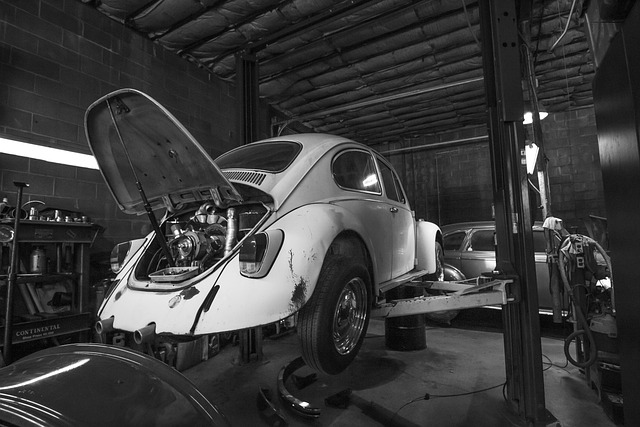
In auto body repair, documentation is key for maintaining quality, accountability, and client trust……..
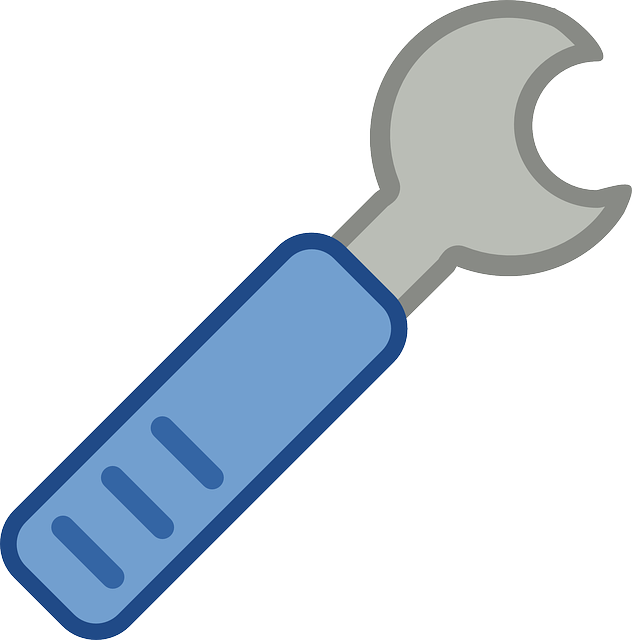
The traditional auto body repair process poses significant environmental challenges due to waste gen…….
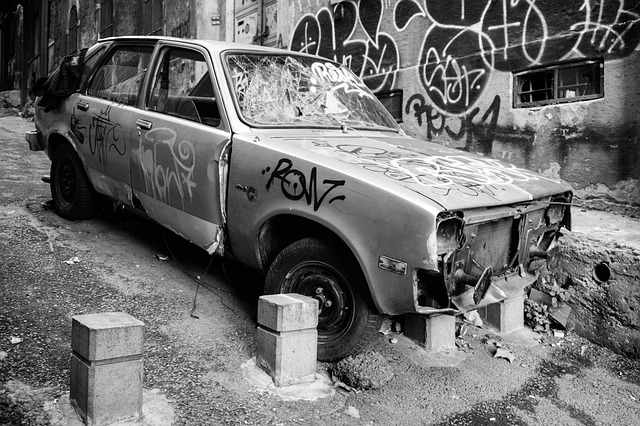
Comprehensive assessment by skilled technicians is the initial step in auto body repair, meticulousl…….
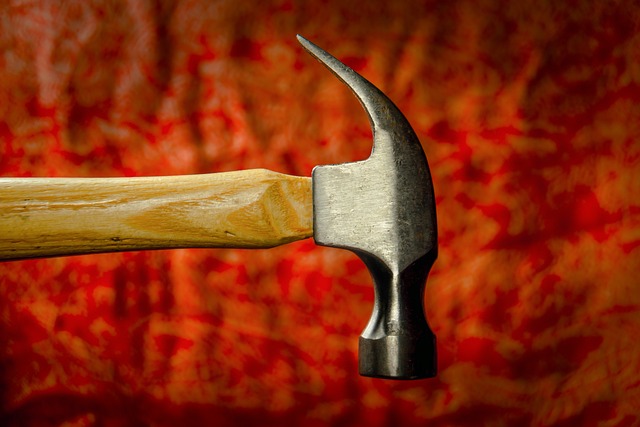
Delays in auto body repair can be attributed to skilled labor availability, parts acquisition, suppl…….
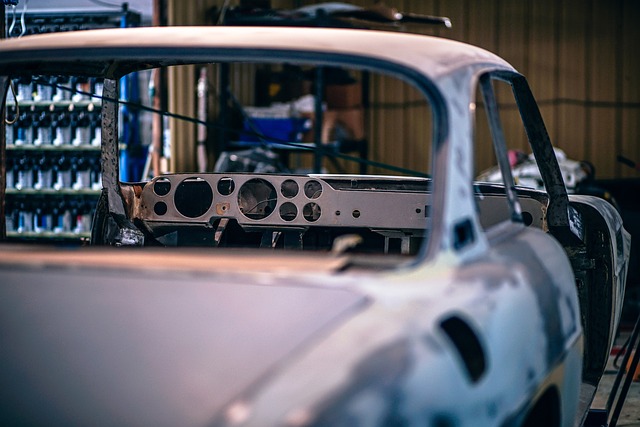
Delays in auto body repair (ABR) are influenced by factors like complex designs, specialized parts a…….

The auto body repair process involves several stages of meticulous work. It starts with a comprehens…….

The premier step in top-tier auto body repair is a meticulous assessment and planning phase, employi…….